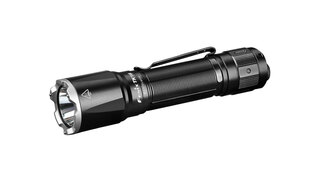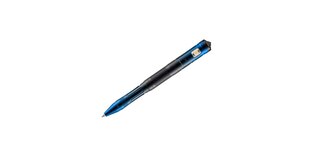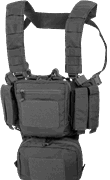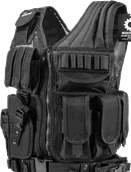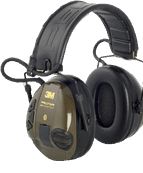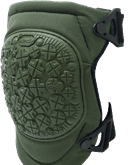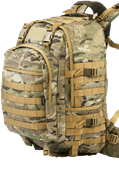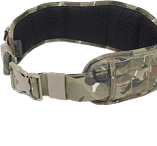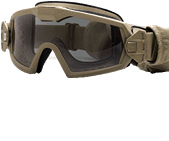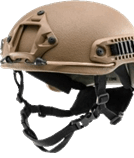At first glance, flashlights for soldiers and police do not differ much from conventional ones. At a second glance, however, we can see the differences, which consist, for example, in the above-average luminous flux and range or the possibility of IR illumination.
Every member of the army and the police has to work at night at least from time to time. And in such cases, in addition to standard tactical equipment, he also needs a quality flashlight, which he must rely on not to let him down at the most inopportune moment. Of course, even classic flashlights for civilians can be of high quality - and the offer on Rigad.cz is proof of that - but for tactical ones, the quality is truly above standard.
Different colors of light
With some flashlights for soldiers and police, the possibility of using different colors of lights is also important. Of course, the basis is almost always a white LED source, however, we can also encounter red, blue, green lights, and even intermittent red-blue lighting that simulates the "blinkers" of a police car. But an important addition is the IR backlight, which can only be seen in NVG devices, or night vision devices, in short in optics for night vision. While you can usually see the farthest with white, it has one disadvantage – it blinds. In short, if you shine a white light at night and it goes out, you will find that you have to get used to the dark again for a long time. Too long in some tactical situations. That's why there is a red or green backlight that allows us to read and at the same time, after it goes out, we don't have to get used to the darkness around us for so long.
Specifics of tactical flashlights
For some military and police flashlights, a diffuser is also available, which makes it easier to read with the flashlight. However, a flashlight with a diffuser attached can also serve as a signal or emergency light. Most flashlights for soldiers and police officers have a classic cylindrical shape, but we can also meet specialties such as tactical pens or flashlights that can be placed on a helmet, on a baton or on parts of a uniform.
Rely on LED
What about the source? As with other types of lamps, the most common light source today is LED. This is a solution that has a long service life and at the same time relatively low energy consumption. This will be especially useful on missions where you will have to move for several days at a time in the field. However, even the LED emits excess heat when lit for a longer period of time, which has to go somewhere. Therefore, it is advisable for the lamp to have a body made of, for example, aluminum, which dissipates heat well.
Durability and high endurance
Aluminum as a material is also durable, especially when it is anodized. In that case, it also has increased scratch resistance. And you will definitely appreciate at least the basic level of resistance to dust and water. And when it comes to power, a rechargeable battery is useful, which is often replaceable, so you can pack several of them with you into nature. However, it goes without saying that there are different levels of luminous flux, of which the lower ones naturally also have lower energy consumption.
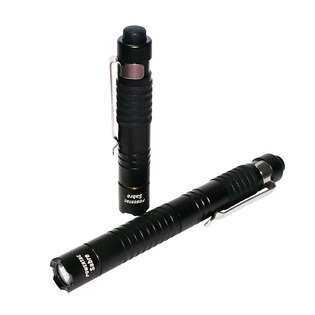
Sabre Pen lamp / 239 lm PowerTac®
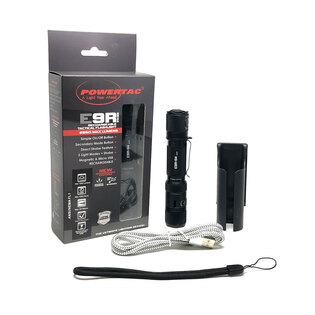
E9R‑G4 flashlight / 2550 lm PowerTac®
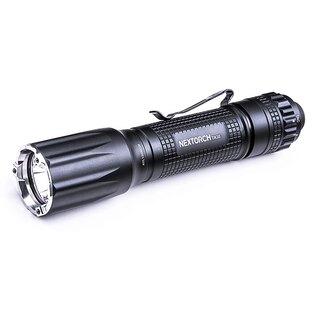
Flashlight TA30 V2.0 1300lm NexTorch®
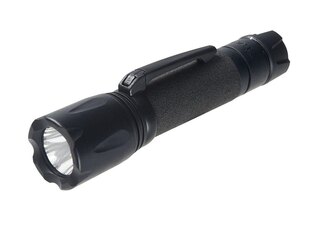
ASP® Poly Triad AA LED Flashlight
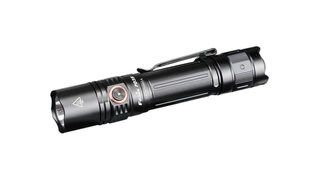


Fenix® LED flashlight PD35 V3.0 / 1700 lm
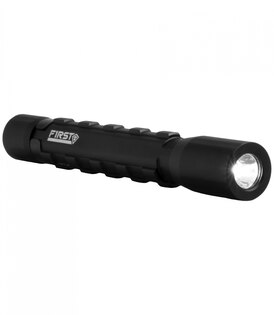
First Tactical® Medium Penlight ‑ black
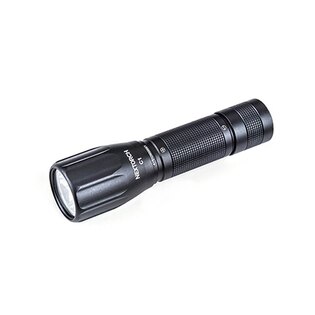
C1 flashlight / 140 lm NexTorch®
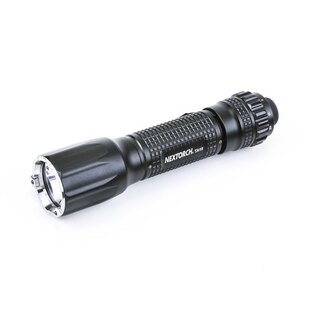
Flashlight TA15 2.0 700 lm NexTorch®
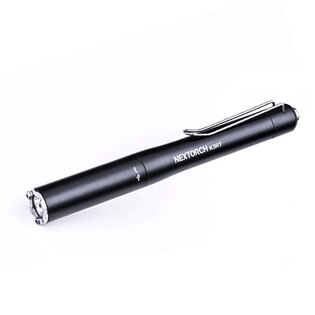
Safety penlight K3RT 330 lm NexTorch®
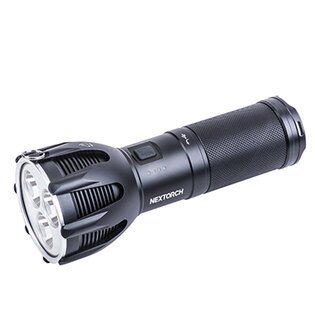
Saint Torch 30 2.0 8000 lm NexTorch®
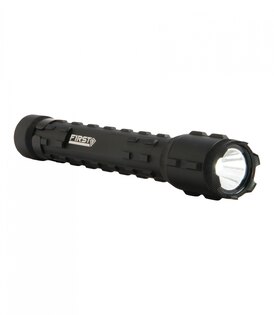
First Tactical® Medium Duty Light ‑ black
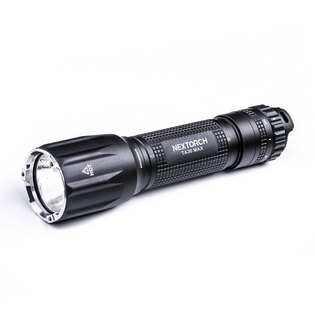
TA30 Max flashlight / 2100 lm NexTorch®
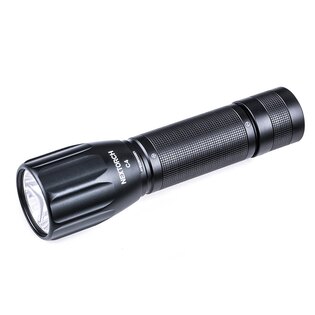
C4 flashlight / 700 lm NexTorch®
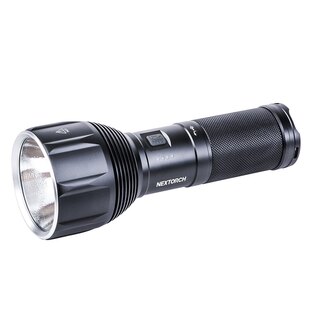
Flashlight Saint Torch 11 3500 lm NexTorch®
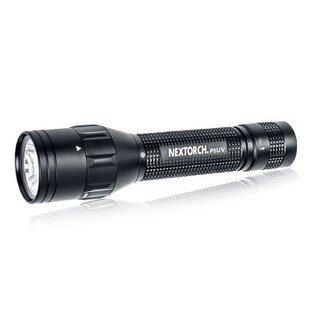
P5UV Dual‑Light 800 lm NexTorch®
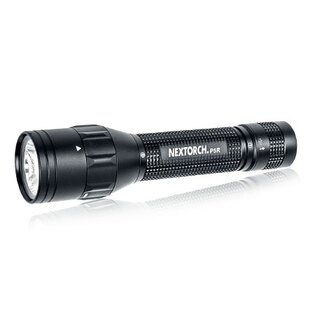
P5R Dual‑Light 800 lm NexTorch®
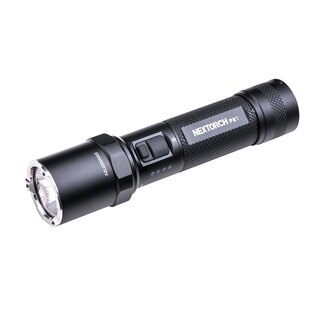
Flashlight P81 2600 lm NexTorch®
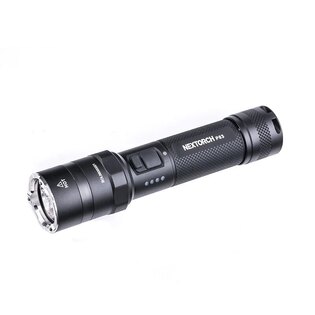
Flashlight P83 Multi‑light / 1300 lm NexTorch®
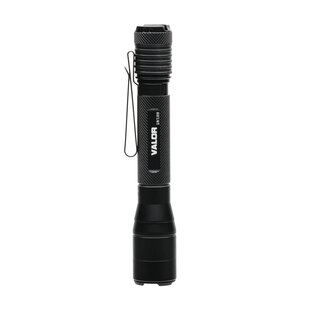
Valor Flashlight / 800 lm Powertac®
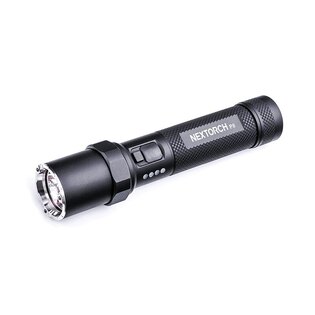
NexTorch® P8 / 1300 lm torch
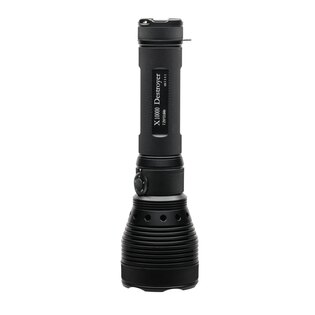
DESTROYER X10K G2 / 9 500 lm Flashlight PowerTac®
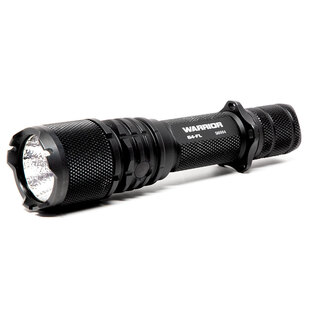
Warrior G4 lamp / 4200 lm PowerTac®
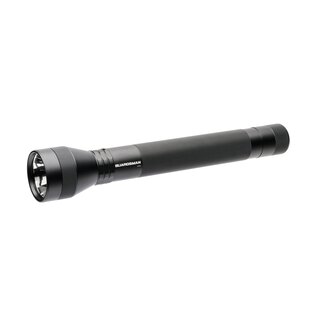
Guardsman Patrol / 3000 lm Flashlight PowerTac®
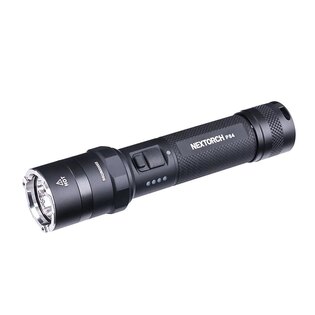
Duty Flashlight P84 / 3000 lm NexTorch®




























































































































